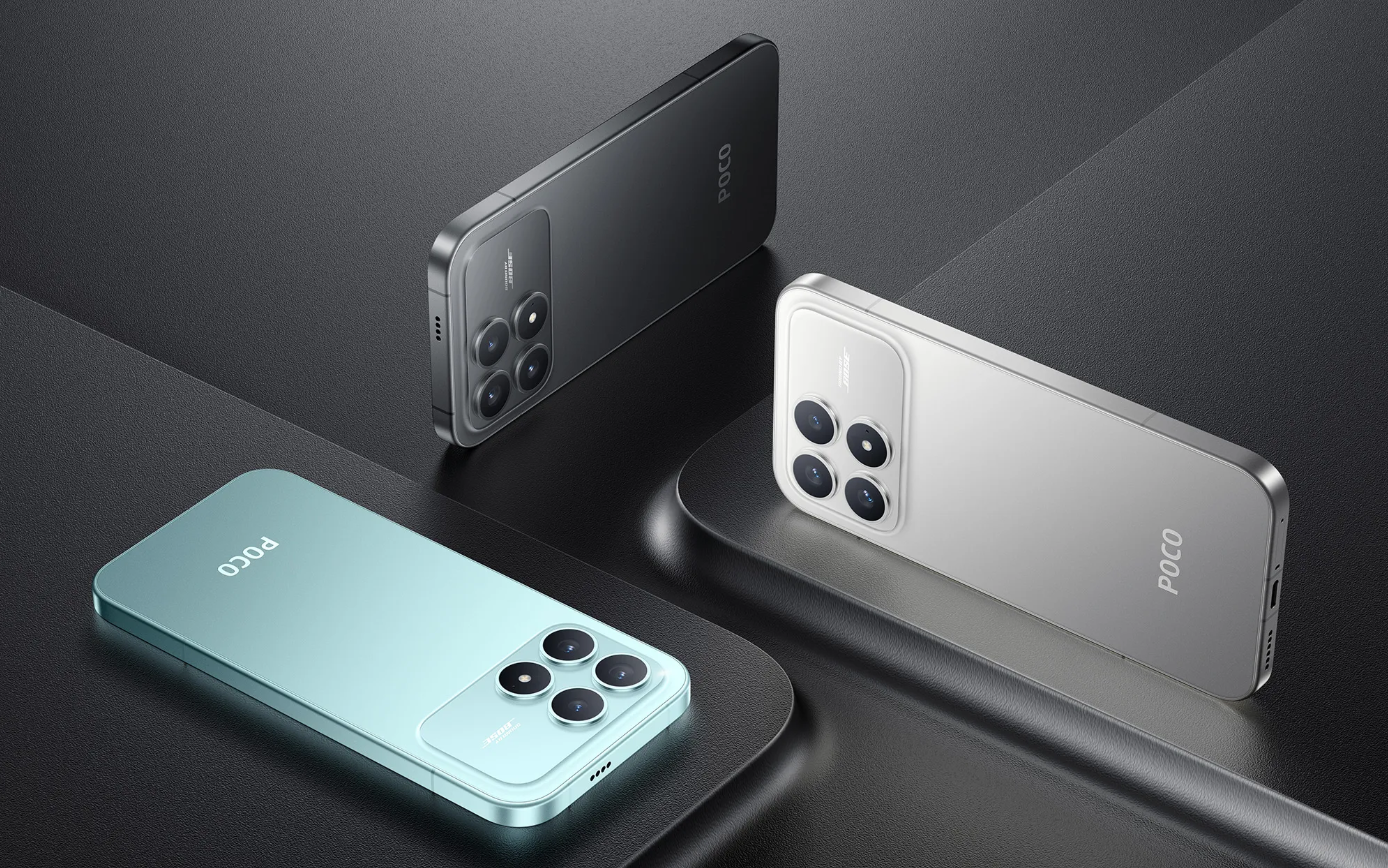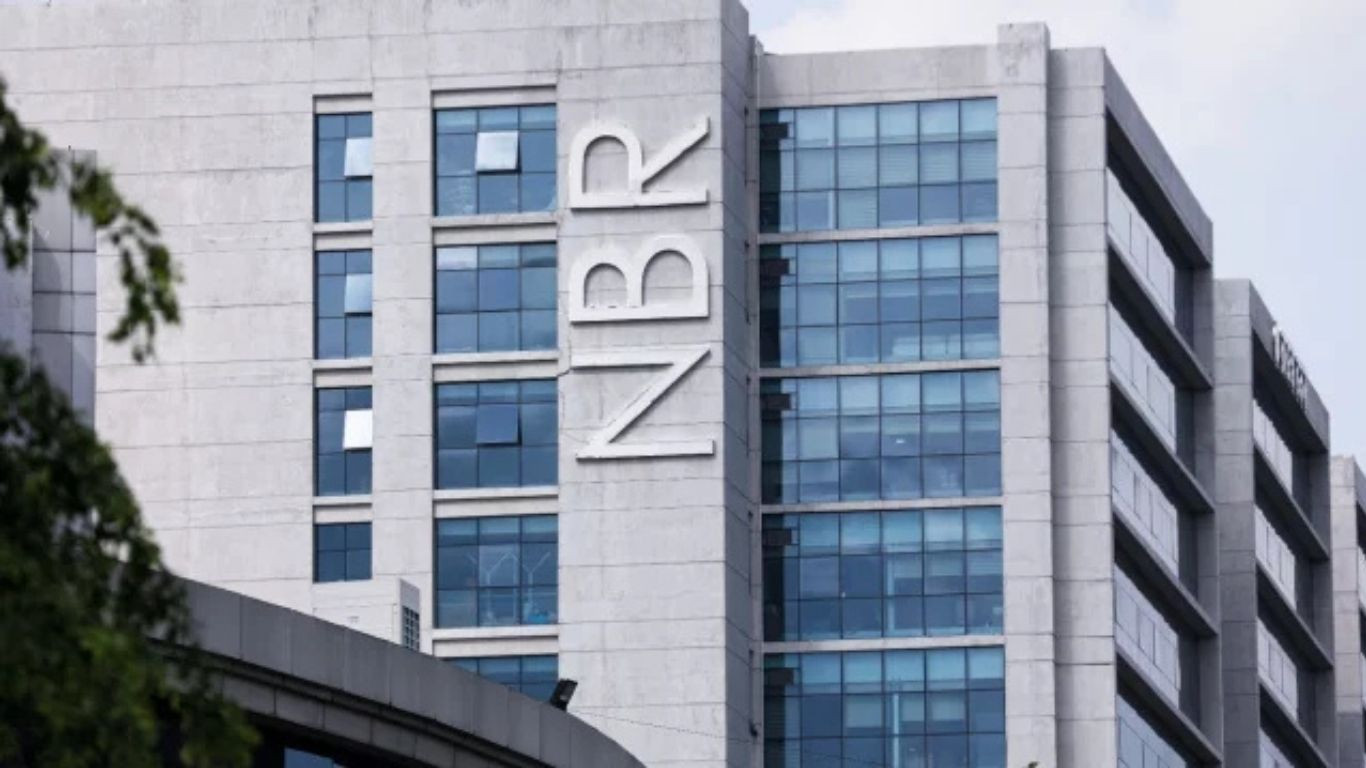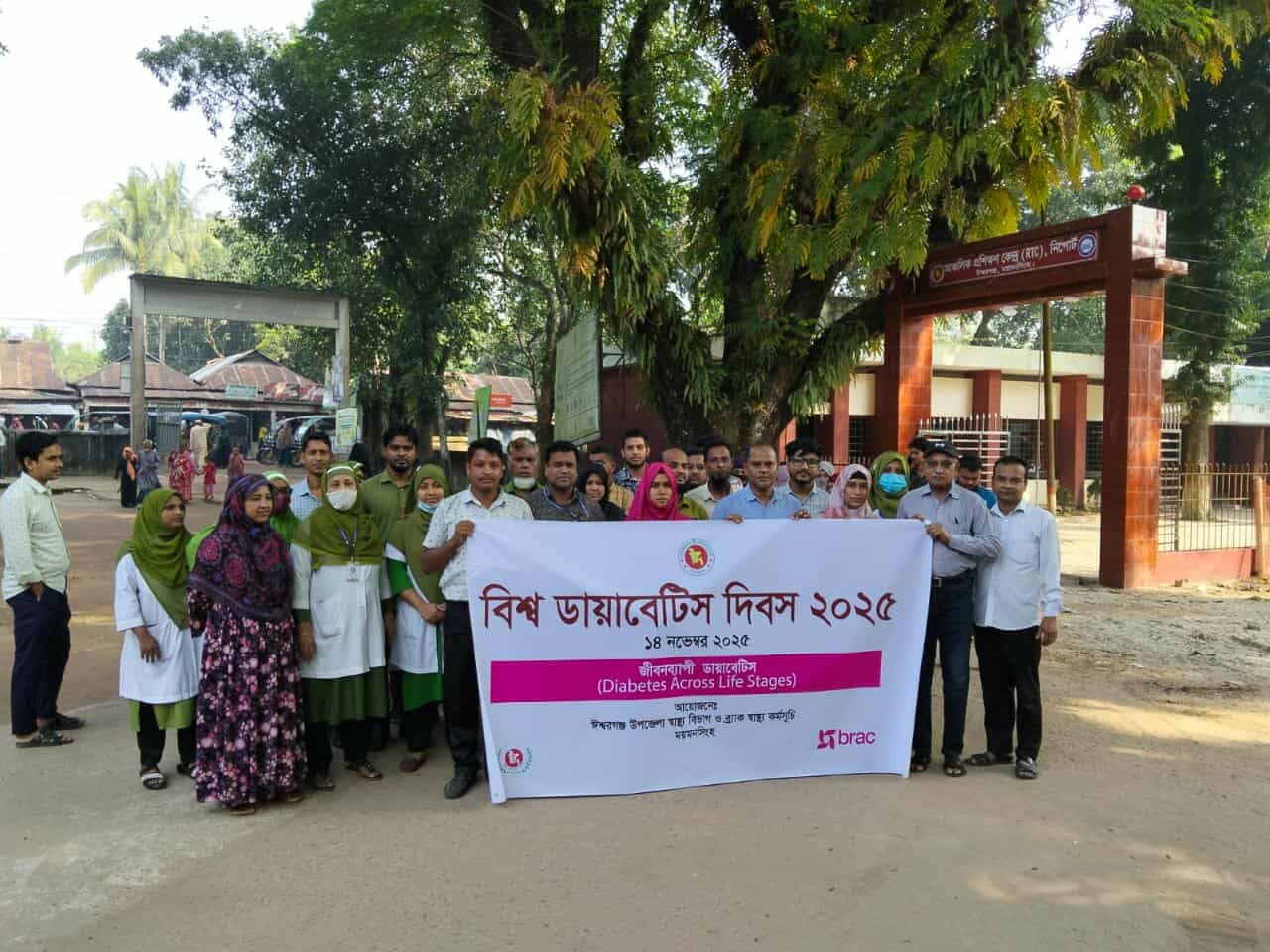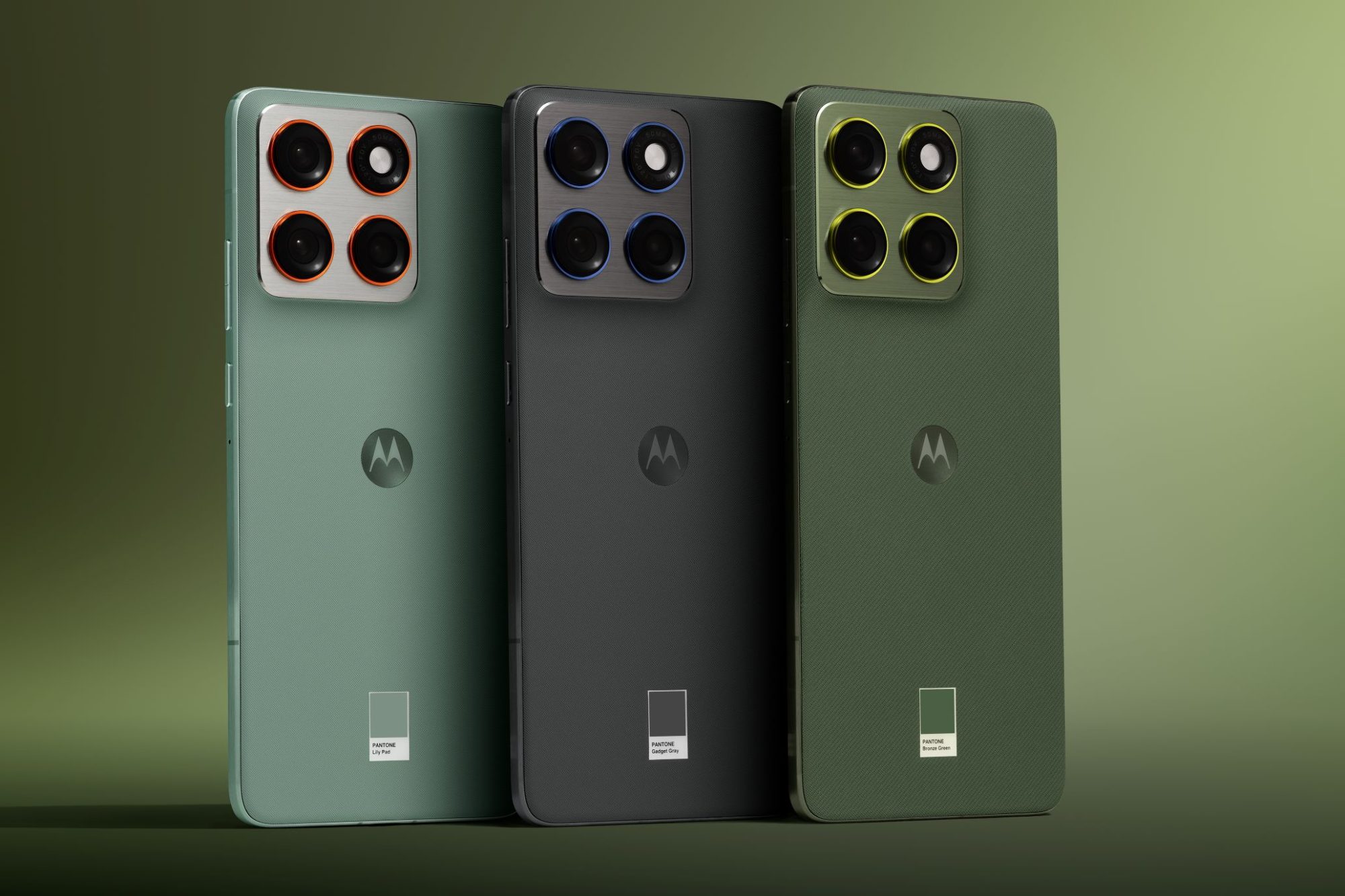Tourist-favorite Okinawa water buffalo carts adopt tap-to-pay

Tradition meets touchless
On remote islets in Okinawa, Japan, visitors often cross shallow sea between Iriomote and Yubu while seated in open carts pulled by hulking water buffalo. From Oct. 23, buying a ticket will get easier. The operator will accept contactless credit and debit cards and popular smartphone wallets at the counter. The rollout uses Sumitomo Mitsui Card’s transit-grade system, adapted for the tourist attraction. Bank of The Ryukyus is involved in settlement. For travelers, no more fumbling with cash or rushing to buy paper tickets. For staff, shorter lines and simpler reconciliation. It’s a small change, but it speaks to how deeply tap-to-pay is permeating even the most analog corners of Japan’s tourism economy.
There are limits. The upgrade applies at the counter, not on-cart readers, and cash remains accepted. Network resilience will be vital during peak holiday surges, storms, or ferry disruptions. Still, the symbolism lands. Japan has expanded open-loop payments across rail and buses; regional attractions are now catching up. For Okinawa’s islands, better payments can lengthen stays and lift average spend at nearby cafés and craft stalls. It can also help the operator gather basic, privacy-compliant usage data to adjust schedules and staffing. As inbound tourism rebounds, small venues that modernize the “last 100 meters” of the journey—ticketing, gates, kiosks—often see outsized gains in visitor satisfaction. Here, a century-old mode of travel meets a modern wallet tap. The buffalo won’t notice; the queues probably will.






















